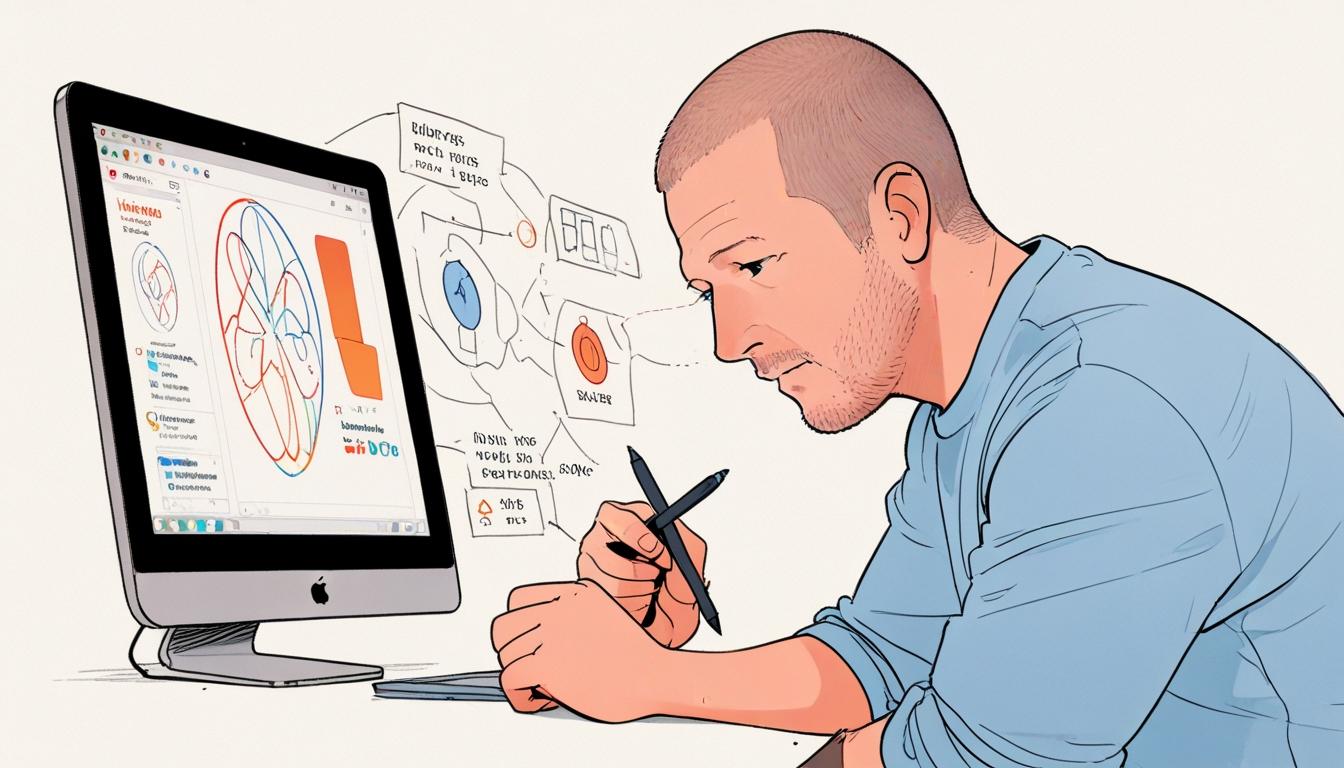In an era marked by the pervasive influence of smartphones, Jony Ive, the iconic designer behind Apple's most revolutionary products, finds himself reflecting on the unintended consequences of his contributions to smartphone culture. Once celebrated for his elegant designs, which transformed how the world interacts with technology, Ive is now speaking out against the very addiction that his innovations helped foster. He is teaming up with OpenAI to create AI-centric hardware aimed at addressing these societal challenges.
Ive's recent collaboration with OpenAI is a significant shift in focus as he aims to develop devices that promote healthier interactions with technology, diverging from the screen-centric world we inhabit today. This venture, which includes discussions around a sizeable investment from SoftBank, as well as backing from the Emerson Collective, marks a pivotal moment for both Ive and the tech industry. In conversations with influential figures such as OpenAI CEO Sam Altman and Stripe CEO Patrick Collison, Ive candidly expressed his regrets regarding the design ethos that prioritised engagement over user well-being.
Recent reports suggest that the collaboration aims to produce "the iPhone of artificial intelligence," a device that could redefine user experience through a more natural interface, potentially featuring voice controls and web browsing capabilities. Such an innovation could alleviate some negative implications associated with smartphone use, such as addiction and decreased face-to-face interactions. Furthermore, discussions are in place about creating a less visually dominated experience, signalling a fresh approach to digital interactions.
However, skepticism remains about the efficacy of new AI hardware in fostering meaningful change. Questions abound regarding whether advancements in AI, especially generative technologies, will resolve or simply complicate existing issues related to education, copyright, and societal engagement. Critics point out that while the intentions behind developing such technology are commendable, past failures of similar initiatives fuel doubt about their ultimate effectiveness.
As societal concerns over technology's pervasive role in everyday life intensify, the responsibility falls on innovators like Ive to ensure their creations contribute positively. There is hope that through this collaboration, the principles guiding design will shift, prioritising well-being and user-centric interfaces over mere functionality. The outcome of this partnership between Ive and OpenAI could well define the future trajectory of technology in a world which increasingly seeks balance in digital engagement.
Looking forward, this venture invites significant anticipation regarding its potential impact. Will it merely add to the digital clutter or could it represent a turning point in how society interacts with emerging technologies? As Jony Ive embarks on this new chapter, the tech community watches closely to evaluate whether this innovative approach can indeed reshape our relationship with technology for the better.
Reference Map
- Paragraphs 1, 2, 3, 4, 5, 6
- Paragraphs 1, 2, 3, 5, 6
- Paragraphs 1, 3, 4, 5
- Paragraphs 1, 4, 5
- Paragraphs 1, 3, 4
- Paragraphs 4, 5, 6
- Paragraph 2, 3
Source: Noah Wire Services
